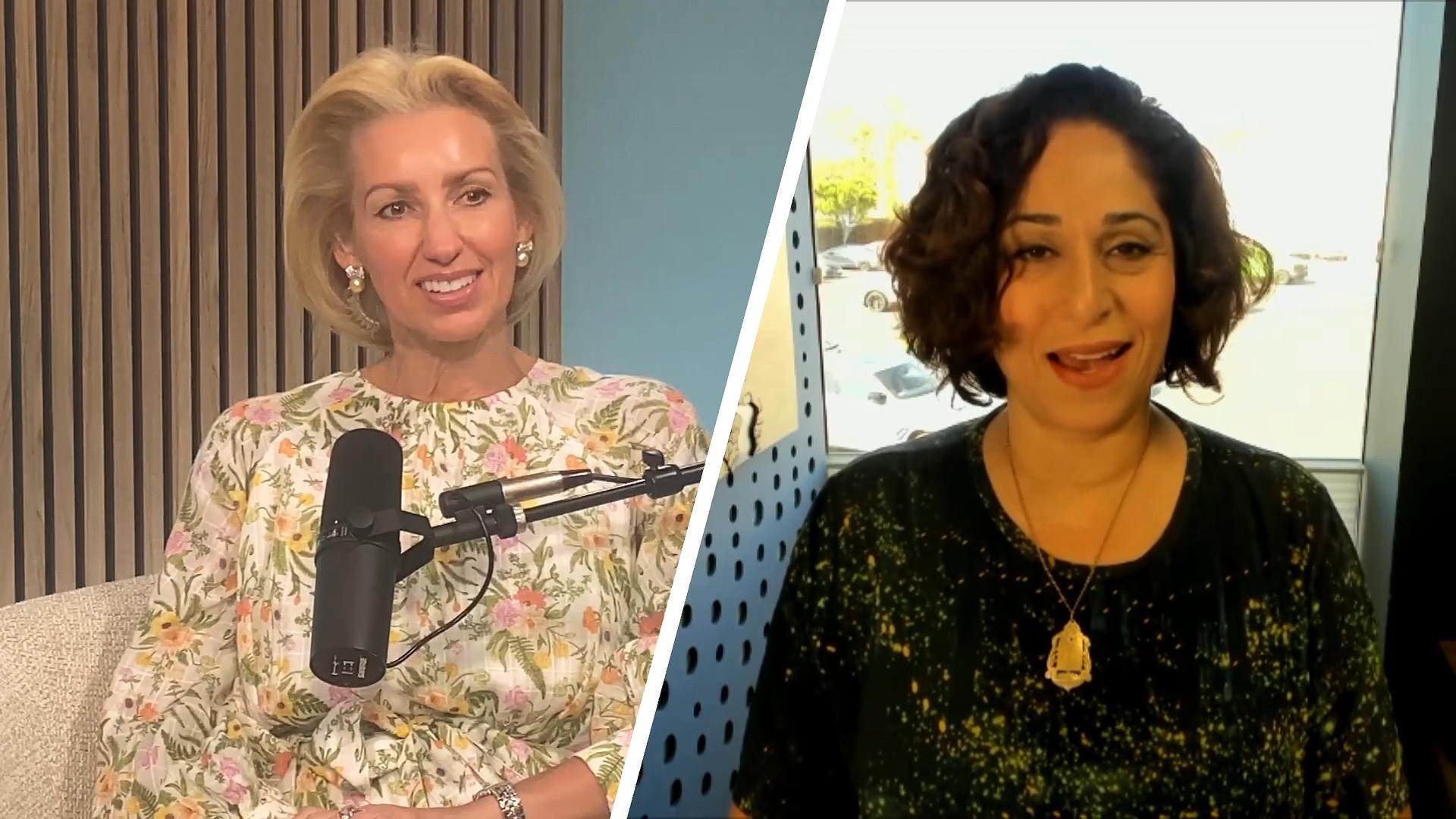
08 May The Art of Remembering: How Family Archives Shape Who We Are
Memory preservation is no longer just about keeping a shoebox of photos under the bed. As Hale Shoa, founder and CEO of Picturely demonstrated in her recent iDesign Lab podcast appearance, photo organization has evolved into a sophisticated blend of archival science, digital preservation, and emotional storytelling that serves a critical purpose in maintaining family legacies.
What began as Hale’s “passion project” in 2015 while working in advertising has transformed into a full-service photo organization and curation studio based in Los Angeles. Her journey into professional memory preservation started with a simple realization during sessions with a life coach—she loved working with family memories and creating beautiful keepsakes from them. Fast forward to today, and she leads a team helping families rescue their most precious memories from disorganization and potential loss.
Picturely specializes in tackling overwhelming collections. Hale recounted her first client experience, where what was meant to be a simple photo book project turned into an archival challenge when she encountered a dining room filled three feet deep with photographs. This discovery led her to become a certified photo organizer focused on large-scale collections spanning centuries—from 1800s scrapbooks to modern digital files trapped in obsolete formats.
The technical complexity of photo preservation cannot be overstated. Picturely employs a sophisticated system for organizing memories chronologically, using physical clues from the photographs themselves—deckled edges indicate photos from the 1930s through early 1950s, while square prints typically date from the mid-1950s to early 1970s. Each project begins with mapping a family tree to verify dates and identify mislabeled materials, ensuring accurate historical context. This meticulous approach requires substantial technological infrastructure, including a 50-terabyte server for high-resolution scans and an additional 96 terabytes for processing digital collections.
Perhaps most importantly, Hale emphasized that preservation isn’t just about keeping everything. Professional curation is essential—selecting which memories truly matter while discarding what future generations won’t find meaningful. As she humorously noted, photos of zoo animals from the 1990s might have seemed important then but will likely confuse great-grandchildren who’ll wonder if the family owned an elephant. This thoughtful editing process transforms overwhelming collections into accessible archives that tell meaningful stories.
The emotional impact of properly preserved memories cannot be underestimated. “There’s never a dry eye in the house when delivering,” Hale shared, describing how slides—often unseen for decades—reveal stunning quality and detail when properly digitized. Beyond simple preservation, Picturely creates custom gallery walls, archival-quality photo books, and searchable digital libraries that make memories accessible and enjoyable. These aren’t just services but transformative experiences that connect generations through shared history.
For those questioning whether such professional services are necessary in our digital age, Hale pointed to what historians call the “digital black hole” of 2000-2004—years when many families have no photographic record because they didn’t understand how to properly save digital files. Today’s challenges include overwhelming numbers of digital photos scattered across multiple devices and platforms, creating a different kind of chaos that requires professional intervention.
As environmental disasters become more common, professional memory preservation becomes increasingly urgent. When homes are lost to fires or floods, irreplaceable photographs and memorabilia often represent the most devastating losses—far more painful than replaceable furniture or appliances. Picturely advocates the “3-2-1 backup method” for all precious memories: three copies of data in two different locations with one copy stored off-site.
Whether dealing with antique cabinet cards from the 1800s or helping millennials merge their massive digital collections, the mission remains the same—rescuing memories from chaos and creating searchable, accessible archives that will connect generations. In Hale’s words, properly preserved memories serve as “the gateway to our ancestors,” helping us understand not just who we are but why we are who we are.



Sorry, the comment form is closed at this time.